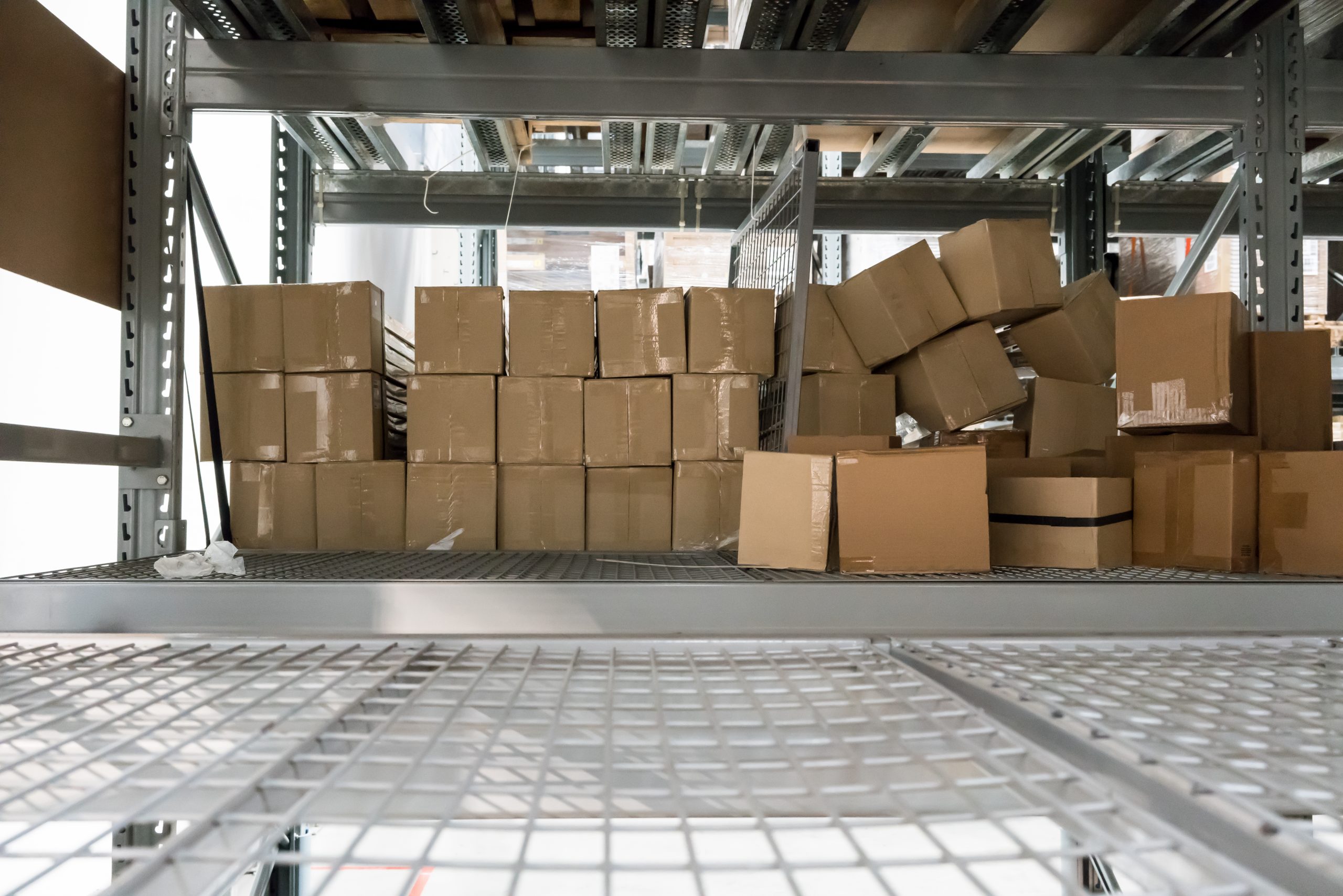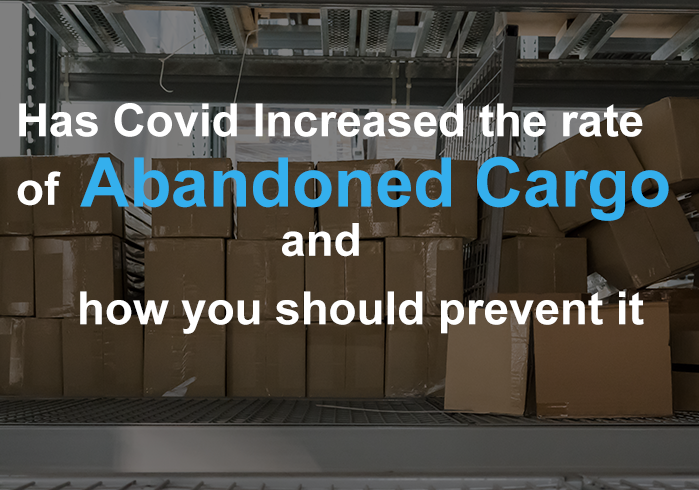
One of the remarkable, negative effects of the COVID-19 pandemic is the alarming number of abandoned cargo cases. Global activities are unpredictable, and some people are making the conscious decision not to continue with shipments if they feel that the result is not going to be a positive one. Meanwhile, the shipping industry must find a way of dealing with this problem. Things are not made any easier by staff shortages that impact operational capacities.
Although death rates have somewhat stabilized or even fallen in the developed world, COVID-19 continues to disrupt and potentially destroy everything in its way. The shipping industry relies on human labor. Workers are dying and getting sick. Others are too frightened to come to work. Then there are those that have decided during the lockdown that shipping is no longer an option for them.
In other words, the shipping industry must find unique solutions to problems that have landed right at its feet. Consumers have responded by becoming even more unpredictable than unusual. A shipment that was ordered can be abandoned at any minute when the consignee becomes jittery. Freight and sailing cancellations are another major problem that makes it nearly impossible to make long term plans.
How the pandemic has increased abandoned cargo rates
Although cancellations were always part of the shipping business model, it is getting worse. Cancellations can be irritating when you are dealing with perishables that will soon become worthless. Some consignees are abandoning their cargo because of bankruptcy, another offshoot of the devastating impact of Covid-19 on local and global economies. Then there are carriers and logistics agents that have not yet gotten a hold of their administrative responsibilities. This means that cargo is not looked after properly and picked up at the right time.
Customers can be fickle at the best of times, but COVID-19 has made them more cautious about spending when they do not know when and how their next paycheck is arriving. Goods that were ordered on the hopes of income can be abandoned when that hope is compromised. Thousands of cases of abandoned cargo are piling up and the shipping industry is struggling to deal with the aftermath.
Sometimes the industry is caught in the middle when there is a dispute between customer, courier, and end customer about the quality of the cargo. At the top of all this chaos is a super-structure of customs officials that can change rules on importation, meaning that cargo is no longer viable. At other times, the lines are blurred so that the industry is not clear whether the cargo is really abandoned, or someone is delayed somewhere.
Technical definition of abandoned cargo
The guidelines provided by the Federation of Freight Forwarders Association (FIATA) indicate that cargo is abandoned if it is not picked up by the consignee within a specified period. This period can vary from port to port and from country to country. The courier or logistics company may not be able to decipher the true intentions of the consignee. Hence, the need to pick an objective measure in terms of the length of stay and nature of the cargo.
Other cases arise because it is difficult to identify who or what the cargo is intended for in terms of delivery. Then there are instances where efforts are made to get in touch with the consignee to no avail. India is an example of a country that has a short waiting period of a month before cargo is classified as being abandoned. Other countries may be as lenient as a quarter of a year.
Abandoning cargo is not a cost-less option. It means shipping lines are saddled with port and storage fees. Freight forwarders are then harassed into paying for these fees. If they can, the freight forwarders will pass the buck to the consignee. However, in most cases of abandonment that consignee is nowhere to be found so this can be something of a moot point.
Over time, costs keep rising including final disposal charges if that is the case. Besides, there is an operational burden of sorting, ordering, and curating all these abandoned cargo cases. The named agent on a bill of lading will most likely get the bulk of the bill. That is why some shipping arrangements require pre-payments and deposits by the customer which can be applied to these costs in case the cargo is abandoned.
How to prevent major losses from abandoned cargo
The best options for preventing abandoned cargo cases are to react quickly to information and notifications. Ensure that contracts are well-considered and monitored in case people must be held accountable. Improved communication means that people are informed in time to prevent further costs. Allocate the right responsibilities to the right people at the right time.
Options for dealing with abandoned goods
Several options are available when dealing with abandoned cargo. Whichever option is selected, it is imperative to have records and ask for permission from customs. All reminders and notifications must be kept in case of a challenge by any of the parties.
1ST OPTION: Resell the Goods to a Third party
If there is a third party that is willing to purchase the cargo, it is prudent to sell it rather than face mounting costs.
2ND OPTION: Re-sell and Re-export
You can also resell, or re-export abandoned cargo to a location in which someone is willing to purchase the cargo for a price that covers all costs.
3RD OPTION: Return to the Consignor
Sometimes the consignor is willing and able to take back the goods, subject to an agreement with the freight forwarder about reimbursements.
4TH OPTION: Auction the Abandoned Goods
Customs sometimes gives permission for abandoned cargo to be auctioned under its auspices and supervision.
5TH OPTION: Offer as Donation to any Charitable Cause
The abandoned cargo may be donated to charity to clear space and raise the profile of the shipping company.
6TH OPTION: Destroy cargo
Customs may authorize the cargo to be destroyed under its supervision.
Wrapping up
Abandoned cargo is a major problem in this COVID-19 era when incomes are unstable. Other causes include administrative failings along the shipping chain. Several options may be explored, including: reselling, re-exporting, returning to sender, auctioning, donating, and destroying. Preventative measures include responsive administrative processes with a clear paper trail of accountabilities throughout the shipping chain. Good communication also helps to clear any misunderstandings and missing information.


